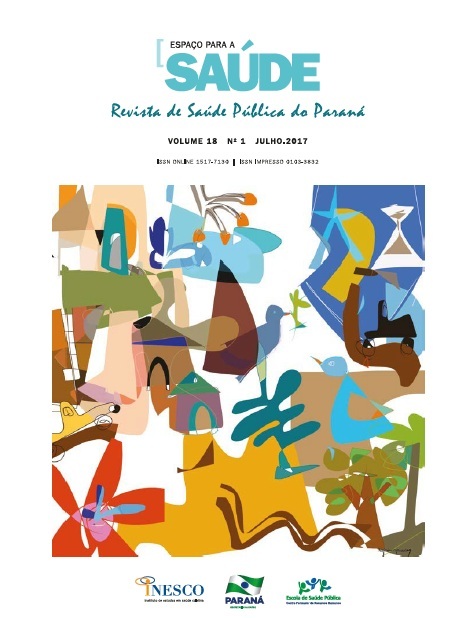Compliance to immunization against human papilomavirus in public health in Brazil
DOI:
https://doi.org/10.22421/15177130-2017v18n1p157Keywords:
Public Health, Uterine Cervical Neoplasms, Immunization, Human Papillomavirus.Abstract
The objective of this study was to evaluate the compliance of girls aged 11 to 13 years to the human papillomavirus vaccine in Brazil. This is a retrospective, descriptive, cross-sectional study with a quantitative and exploratory approach, using the information system database of the Brazilian Immunization Program. In 2014, a total of 7,436,841 doses of vaccines was administered, with the highest vaccination coverage in the Southeast region, and the lowest in the North region. The coverage for the first dose of the vaccine was 99.84%; however, the vaccine coverage of the second dose was 55.65%, with a significant reduction in compliance when compared to the first dose. The findings reveal the need to establish public and educational measures, in order to expand the coverage of the second dose in the coming years, and, consequently, to prevent the transmission of the virus.Downloads
Published
2017-07-17
How to Cite
1.
Prince KA de. Compliance to immunization against human papilomavirus in public health in Brazil. Espac. Saude [Internet]. 2017 Jul. 17 [cited 2024 Nov. 17];18(1):157-64. Available from: https://espacoparasaude.fpp.edu.br/index.php/espacosaude/article/view/356
Issue
Section
Artigos
License
Copyright (c) 2017 Espaço para a Saúde

This work is licensed under a Creative Commons Attribution 4.0 International License.
Authors who publish in this journal agree to the following terms:
- Authors grant the journal the copyright, with the work simultaneously licensed with Creative Commons CC BY, which allows the sharing of work with recognition of authorship and initial publication in this journal.
- Authors are authorized to assume additional contracts separately, for non-exclusive distribution of the version of the work published in this journal (e.g., to publish in an institutional repository or as a book chapter), with authorship recognition and initial publication in this journal.
- Authors are permitted and encouraged to publish and distribute their work online (e.g., in institutional repositories or on their personal page) at any point before or during the editorial process, as this can generate productive changes, as well as increase the impact and the citation of the published work (See The Effect of Free Access).






